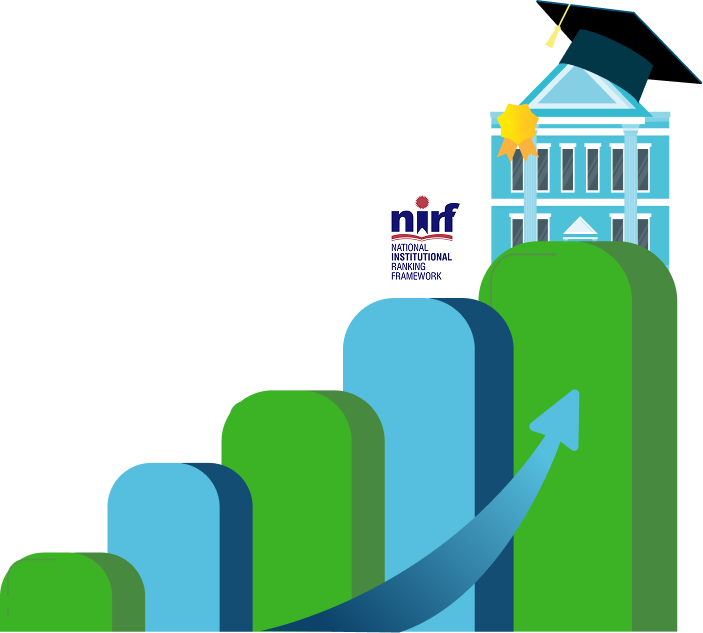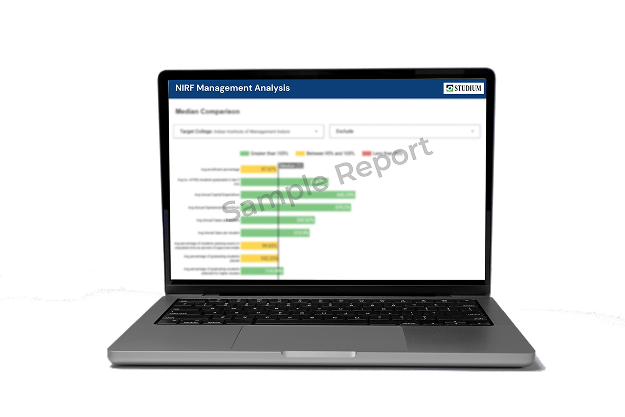Rankings
Define Legacies.
Will Yours Be Inspiring?
Get the insights you need to rise in the NIRF rankings and leave a lasting impact.

Why Institutions Fail to Identify Key Gaps?

Weak Research & Faculty Engagement
Low research output, lack of patents, poor faculty-student ratio, and minimal alumni contributions hinder rankings.

Underutilized Financial Resources
Inefficient fund allocation affects infrastructure, faculty development, and student support.

Mismatch Between Data and Performance
While institutions often report notable achievements, they may face challenges in aligning those with consistently verifiable data (e.g., research citations, grants, or student outcomes), which can impact their final scores.

Year-on-Year Tracking
Institutions may find it challenging to consistently track performance trends or benchmark themselves against peer institutions, which can make it harder to identify areas for targeted improvement.
Want to know how your research measures up? Let’s find out.
How Studium Helps Institutions Improve Their NIRF Ranking

Unlock SWOT Analysis
Benchmark Against Top Institutions
Set Data-Backed Targets
Leverage AI Predictions
Key NIRF Facts You Should Know
Purpose-Driven NIRF Journey Excellence

Stakeholder Alignment
Bridging gaps between leadership, faculty, and administration to drive unified progress.

Validating Institutional Vision
Assessing if your goals are clearly defined and strategically aligned for optimal NIRF performance.

Extracting & Mapping Goals
Translating academic, research, and operational objectives into measurable NIRF success metrics.

Tracking Impact & Progress
Identifying and monitoring key performance areas including alumni engagement and research initiatives.

Building Growth Roadmap
Creating sustainable strategies ensuring excellence.

Did You Know?
Research visibility is not optional — it’s a ranking multiplier.
Top 100 NIRF institutions publish 3× more Scopus-indexed research papers than those ranked below 150.
Better NIRF ranks = Better placement outcomes.
Median salaries for graduates of top 50 NIRF colleges range from ₹20–30 LPA, compared to just ₹5–7 LPA for institutions ranked below 125.
Inside Studium’s NIRF Strategy Framework
Data Collection &
Verification
We begin by collecting all relevant data — from research publications to faculty profiles and placement reports — and verify it for accuracy and completeness.
Score Simulation Based on
NIRF Criteria
Using the latest NIRF framework, we simulate your probable scores in each category, so you know where you truly stand.
Gap Identification
We benchmark your data against top-performing institutions and past trends to uncover hidden gaps that are pulling your score down.
Progress Monitoring
Our dashboard allows institutions to track improvements and score projections over time, ensuring sustained focus and measurable progress.


